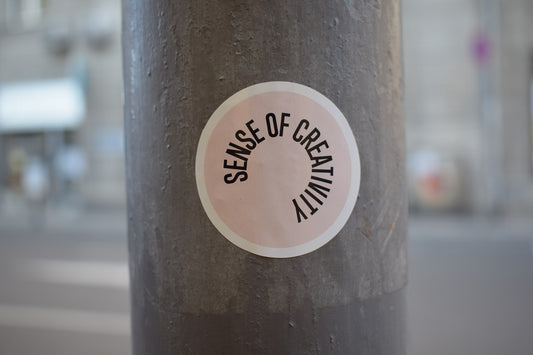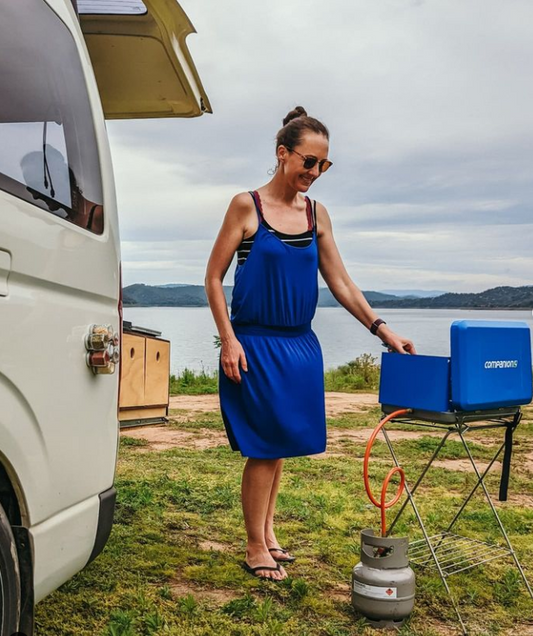
If you answered yes to any of the questions above, you probably want to make sure that you get a chance to actually use your herbs before they spoil. The best way to do so, without a doubt, is to dry them.
Drying herbs has been a custom for milenia, and that urge you have to dry and store your herbs can be traced back to 13,000 BC, when some of the first known uses for herbs were documented (depicted in a cave painting in France). The truth is, we have known what’s good for us for a long time, and anthropologists believe we’ve been utilising fragrant plants since as early as 7000 BC.
Enough of the history lesson, drying herbs is just a great way to keep them from going off and if kept correctly, they can maintain their flavour in pretty much full capacity. It’s been shown that drying herbs and storing them correctly means you can keep them for up to 2-3 years without them losing potency.
There have been many weird and wonderful ways in the past that people have gone about drying their herbs, but we have tried and tested the best of them and come up with three sure fire ways to do it right, every time! Cause nobody likes burnt herbs.
Top 3 best methods to dry your herbs:
1. Using a dehydrator
Coming in at top position is the dehydrator method! This method has been around for years and is by far the best way to dry your herbs. Although a little more expensive than the other two methods, using a dehydrator will give you the most consistent results and leave you with perfectly dried herbs almost every time. We suggest learning how to use a dehydrator before using this method, as they can be a little bit difficult to configure to begin with (depending on the brand that you choose).
Most dehydrators are quite straight forward and if used correctly will leave you with perfectly dried herbs and maximum flavour retention
2. Using an oven
Although not our favourite method, oven drying comes in at a close second and is a rather in-expensive way to dry herbs. Fortunately, most people also have access to an oven! There are a few things you have to be cautious about when using this method, so we highly recommend learning the right techniques beforehand.
Unlike the dehydrating method, you do run the risk of cooking (quite literally) your herbs, so keep this in mind. After all, we want to make a meal with the spices, not out of them
3. Using good old fashioned air
The air drying method is the most cost effective, but results can vary tremendously depending on temperature, humidity and patience. Yes, we said it, patience. Unlike the two previous methods, this method can take a long time, and naturally, the more time you wait, the drier your herbs become. Having said this, there are ways to speed up the drying process, so try choosing a method that best suits you
When to start drying herbs
There is no hard rule of thumb here, but if you have grown your own herbs, are getting ready to harvest, and know you're going to have an oversupply, drying them as soon as possible after picking will be best to help retain as much of the flavour as possible.Try to pick your herbs earlier in the day before the heat creeps in, as this tends to be just after the dew evaporates. It is also important to make sure you do not wash the leaves, otherwise all the aromatic oils will escape!



